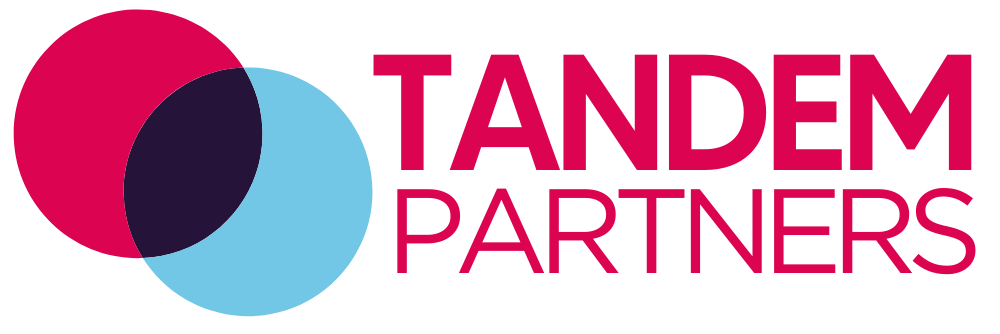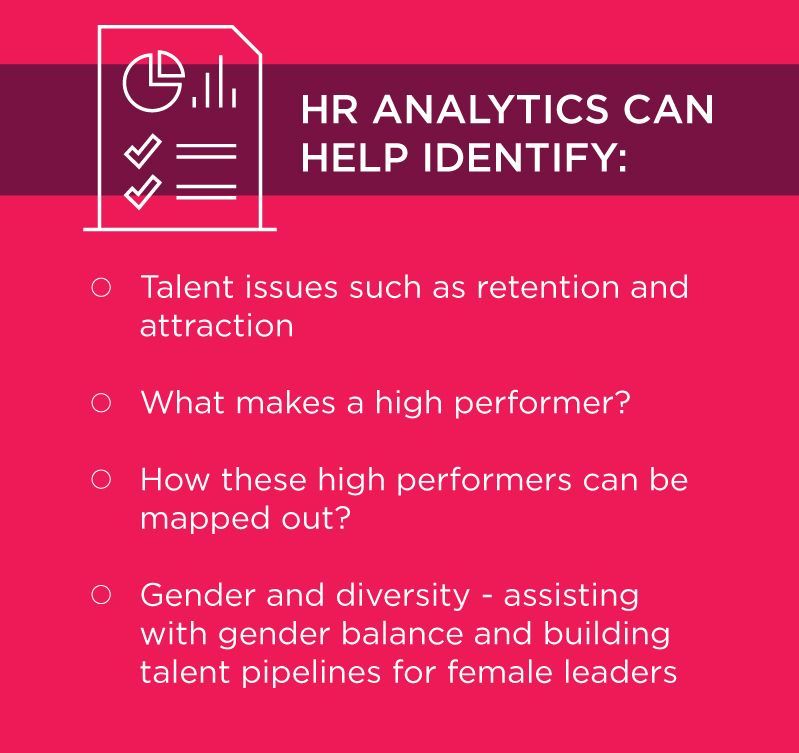HR has access to a range of metrics that can assist with workforce management and support the business in talent planning and building for the future. The amount of available data however, can be a challenge in itself, as you try to work out what data to use.
HR metrics paint a picture of what has happened as a result of past actions. This is where a lot of people think they are using analytics, whereas the reality is they are purely tracking historical data. Collating raw data and reporting it is not enough. To move the business forward, the data needs to be used cleverly – using analysis to gain a deeper insight and drive informed decisions.
Let’s take the diversity agenda, for example. More organisations are setting targets to work towards a diverse workforce. Do you have enough of the right people coming through that support your organisation’s diversity agenda? You need to look back, analyse your numbers and have a strategy in place to achieve the targets.




